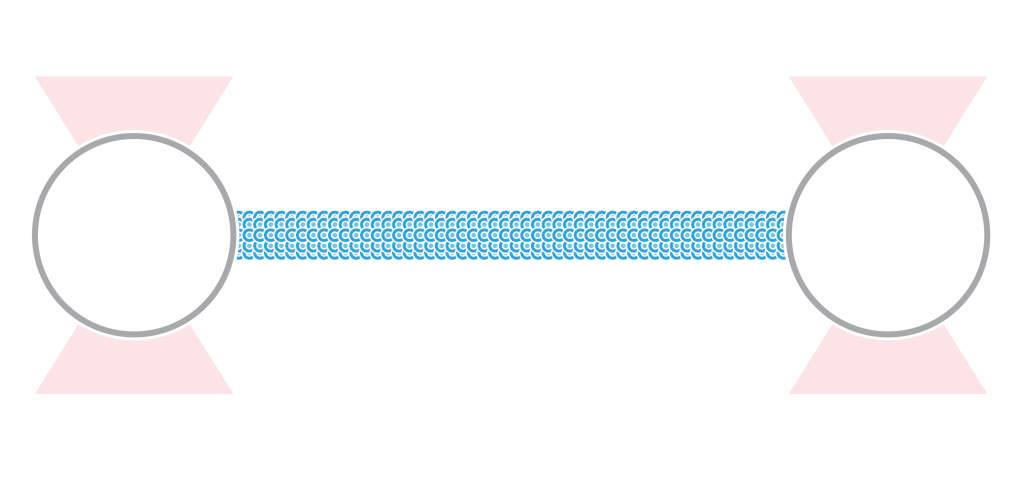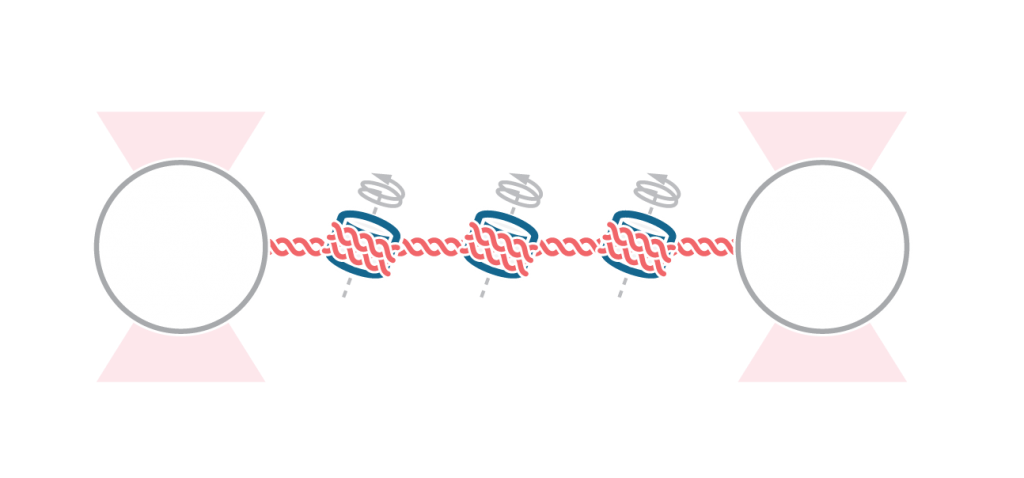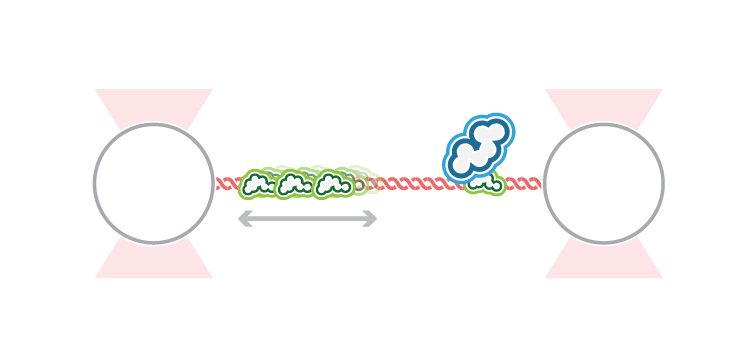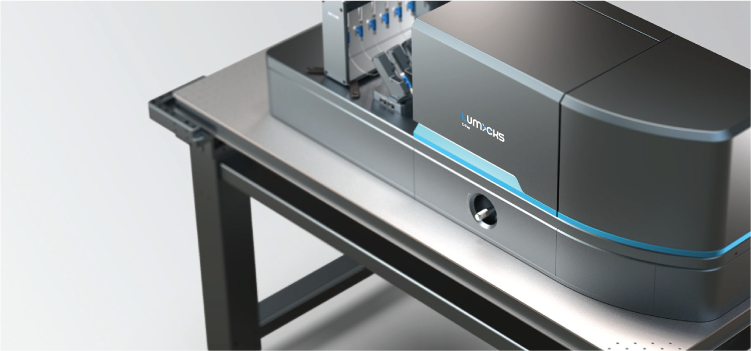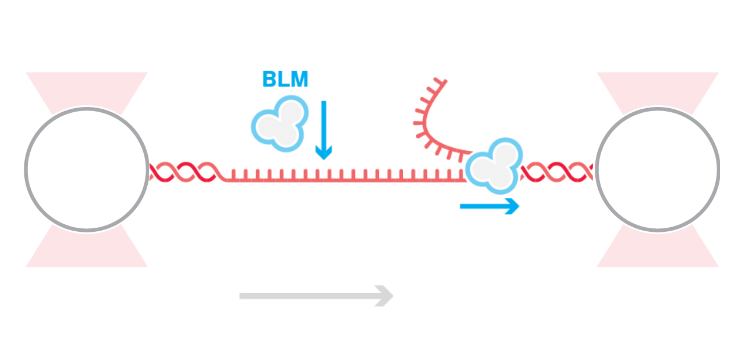
In a recent publication, researchers at the University of Illinois at Chicago used the C-Trap® to study the relationship between structural properties of biomolecular condensates and their fusion times. They found that fusion times, an indicator of condensate density, varies depending on their structural organization. The findings highlight how physical…
j.yeh27 August 2020

